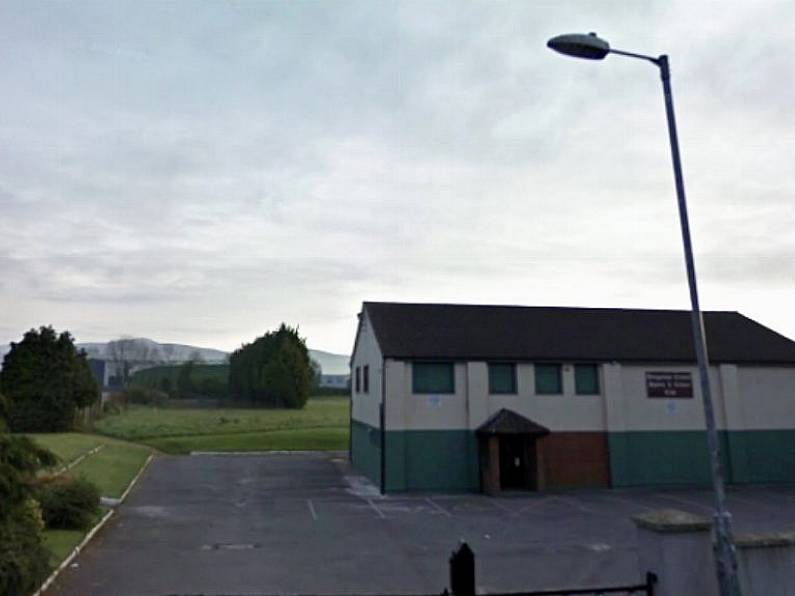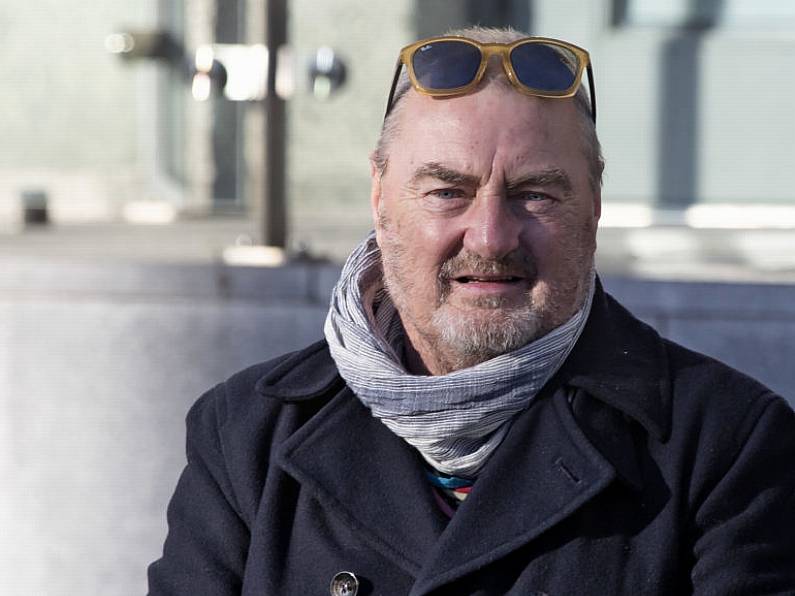Optometrists are calling for action as eye care waiting lists have now increased to 52,000 people due to Covid-19
The Association of Optometrists Ireland (AOI) wants a national roll out of the Sligo Scheme which involves the Hospital Ophthalmology Department and Optometrists in the region integrating and working more closely to reduce hospital appointments.
They said cataract surgery accounts for a significant volume of waiting list cases, which is why reducing hospital attendances for the condition has a significant impact.
National Treatment Purchase Fund (NTPF) figures for July show that 43,000 people were on the outpatient eye-care waiting list – accelerating an upwards trend from 41,200 at the end of 2019 and 40,600 at the end of 2018.
Almost 21,000 of these people were waiting more than a year and almost 14,000 more than 18 months, up from 17,300 and 12,000 respectively at the end of 2019.
Furthermore, more than 9,100 people were awaiting inpatient eye procedures, up from 7,700 at the end of 2019.
AOI president Patricia Dunphy said eye-care waiting lists are “out of control and urgent reform of how services are planned and delivered is needed”.
“In the South West people can be waiting up to five years for Cataract surgery. However, waiting times are shortest at approximately one year in the North West. This is because of the proven ‘Sligo Post-Cataract Scheme’.
“AOI is calling for the protocol to be sanctioned as policy nationwide by the Minister for Health and his Department. This is the most immediate and readily deliverable action which can be taken to address waiting lists.
“There is no reason or logic not to expand the Scheme. In terms of cost, it is 50 per cent less expensive to provide appointments in the local community at an Optometrist than in Hospitals. In the context of COVID-19, managing patients at their local Optometrist reduces travel and public contact."
AOI also called on Government to work towards a new community-based 'National Children's Eye-care Programme’ which is led by Optometrists.














